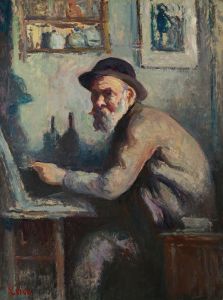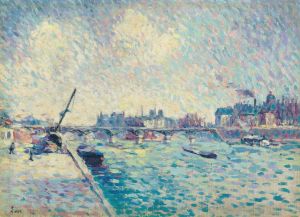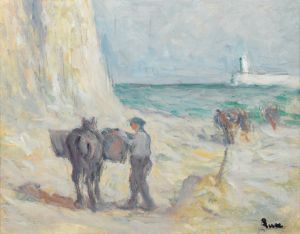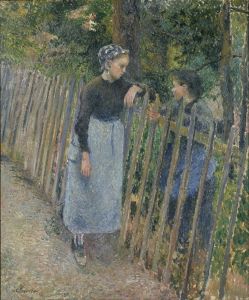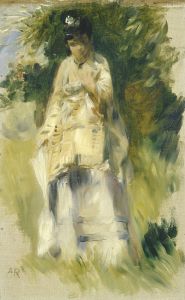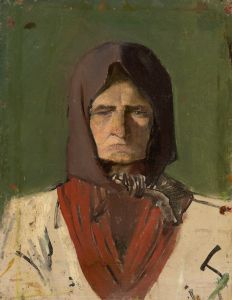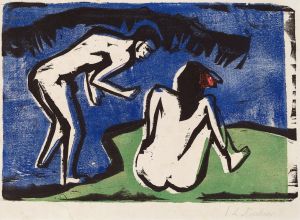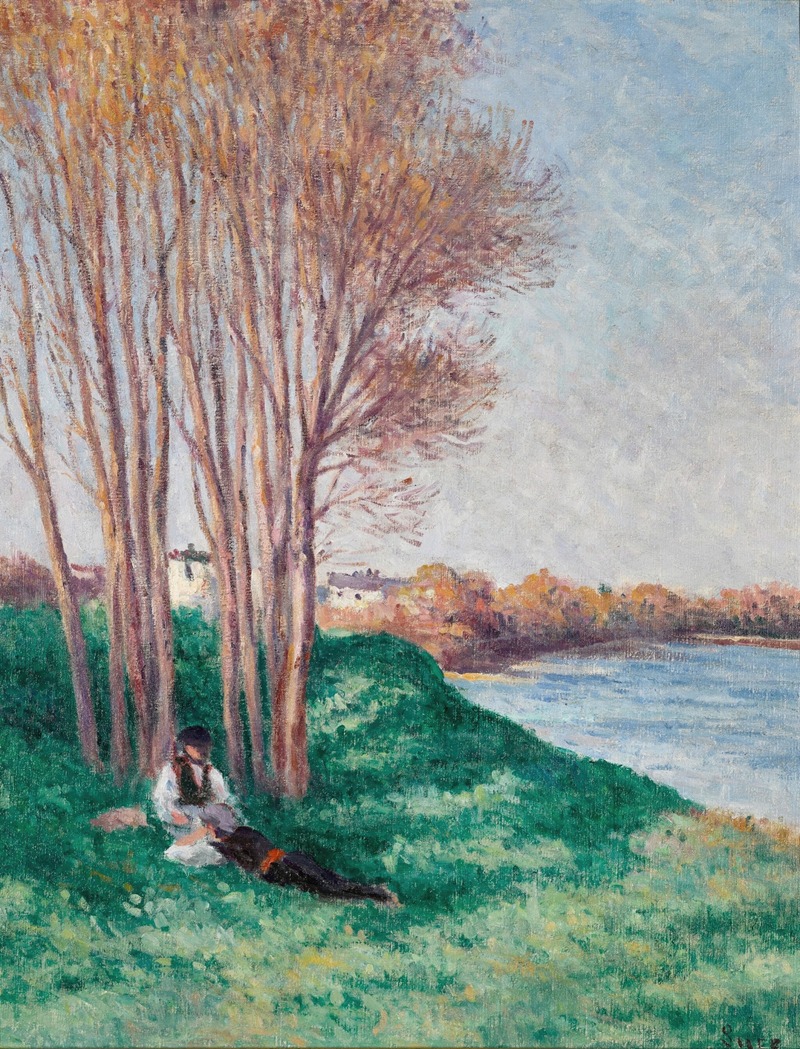
Le Repos sur les Bords de la Loire à Saint-Ay
A hand-painted replica of Maximilien Luce’s masterpiece Le Repos sur les Bords de la Loire à Saint-Ay, meticulously crafted by professional artists to capture the true essence of the original. Each piece is created with museum-quality canvas and rare mineral pigments, carefully painted by experienced artists with delicate brushstrokes and rich, layered colors to perfectly recreate the texture of the original artwork. Unlike machine-printed reproductions, this hand-painted version brings the painting to life, infused with the artist’s emotions and skill in every stroke. Whether for personal collection or home decoration, it instantly elevates the artistic atmosphere of any space.
Maximilien Luce was a French Neo-Impressionist painter known for his pointillist technique and his depictions of everyday life. One of his notable works is "Le Repos sur les Bords de la Loire à Saint-Ay," which translates to "Rest on the Banks of the Loire at Saint-Ay." This painting is an exemplary piece that showcases Luce's mastery of light and color, as well as his ability to capture serene landscapes.
Maximilien Luce was born on March 13, 1858, in Paris, France. He initially trained as an engraver before turning his focus to painting. Luce became associated with the Neo-Impressionist movement, which was characterized by the use of pointillism—a technique involving the application of small, distinct dots of color to form an image. This method was pioneered by Georges Seurat and Paul Signac, both of whom influenced Luce's artistic development.
"Le Repos sur les Bords de la Loire à Saint-Ay" is a landscape painting that reflects Luce's interest in capturing the tranquility and beauty of the French countryside. The painting depicts a peaceful scene along the banks of the Loire River, near the village of Saint-Ay. The composition is marked by its harmonious blend of colors and the meticulous application of pointillist technique, which creates a shimmering effect that mimics the natural play of light on the water and foliage.
The Loire River, known as the longest river in France, has been a source of inspiration for many artists due to its picturesque landscapes and historical significance. Saint-Ay, a small commune located along the river, provides a tranquil setting that Luce captures with great sensitivity. In this painting, Luce employs a palette of soft blues, greens, and earthy tones to convey the serene atmosphere of the location.
Luce's work often focused on themes of leisure and the simple pleasures of life, and "Le Repos sur les Bords de la Loire à Saint-Ay" is no exception. The painting invites viewers to pause and appreciate the quiet beauty of nature, a common theme in Luce's oeuvre. His ability to depict light and shadow with precision and subtlety is evident in this work, as the interplay of colors creates a sense of depth and movement.
Throughout his career, Maximilien Luce remained committed to the principles of Neo-Impressionism, even as other artistic movements gained prominence. His dedication to the pointillist technique and his focus on everyday subjects earned him a respected place among his contemporaries. Luce's paintings are celebrated for their technical skill and their ability to evoke emotion through the depiction of ordinary scenes.
"Le Repos sur les Bords de la Loire à Saint-Ay" is a testament to Luce's talent and his appreciation for the natural world. The painting not only highlights his technical prowess but also reflects his philosophical outlook on art as a means of capturing the essence of life. Today, Luce's works are held in high regard and can be found in various museums and private collections, where they continue to be admired for their beauty and craftsmanship.
In summary, Maximilien Luce's "Le Repos sur les Bords de la Loire à Saint-Ay" is a significant work that exemplifies the artist's skill in the Neo-Impressionist style. Through his use of pointillism and his focus on serene landscapes, Luce captures the tranquil beauty of the Loire River, inviting viewers to appreciate the simple yet profound moments of rest and reflection in nature.






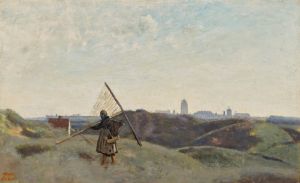
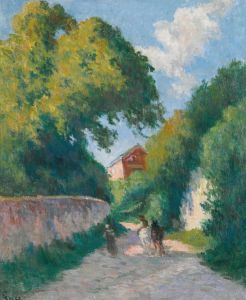
![Dépôt de pavés à Montmartre [Paysage à la charrette]](/imgs/233324/s/maximilien-luce-depot-de-paves-a-montmartre-paysage-a-la-charrette-9dea0cdd.jpg)
